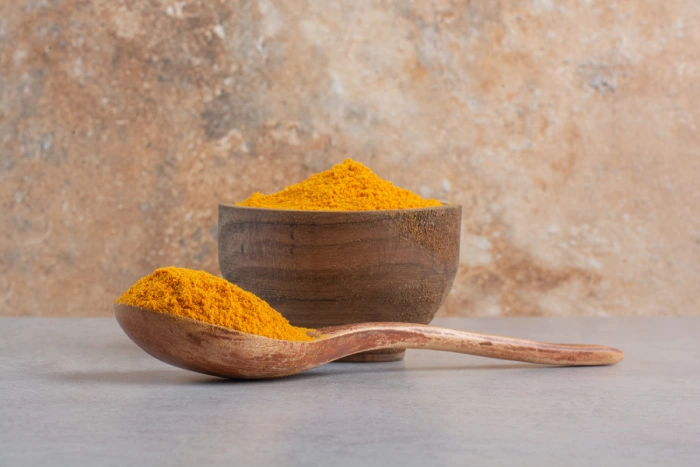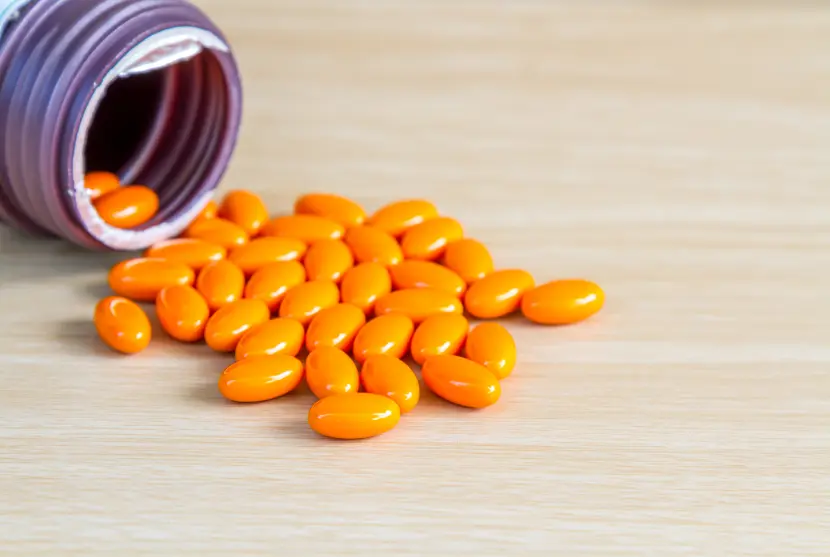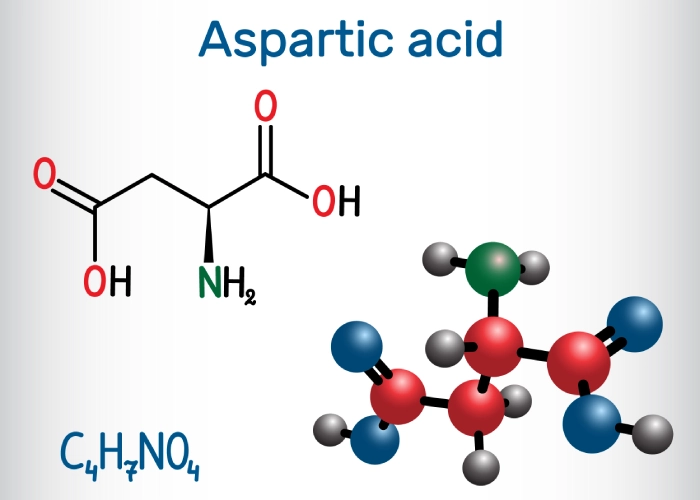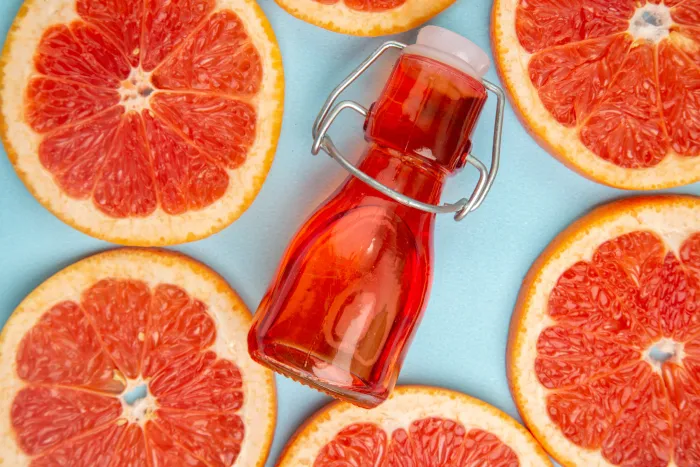Curcumin Supplementation Shows Promise for Reducing Exercise-Induced Muscle Damage
The turmeric plant, a close relative of ginger, has been a culinary staple for millennia, prized for its use as both a spice and a natural food colorant. Its stem yields a vibrant yellowish or reddish substance, which forms a key component in curry dishes that have gained global popularity after originating in Asia.
Beyond its culinary applications, turmeric and its primary active compound, curcumin, have long been utilized in traditional Asian medicinal practices. In recent decades, this ancient remedy has caught the attention of modern science, with hundreds of studies exploring its properties, physiological effects, and potential health benefits.
A recent study published in the Journal of the International Society of Sports Nutrition has shed new light on turmeric’s potential in the realm of sports nutrition. Researchers from the Epi4Health group at the Universitat Oberta de Catalunya (UOC) have discovered that turmeric and curcumin may play a significant role in mitigating muscle damage and inflammation in the musculoskeletal system following intense physical activity.
Daniel Vasile Popescu-Radu, a pharmacist and nutritionist pursuing doctoral studies in Health and Psychology alongside a Master’s Degree in Food for Physical Exercise and Sport at the UOC, led the research. The study was conducted under the guidance of Patricia Martínez, a dietician and nutritionist at the UOC’s Faculty of Health Sciences, with contributions from experts Laura Esquius de la Zarza and Marta Massip.
While curcumin’s antioxidant and anti-inflammatory properties have been well-documented, this study breaks new ground by confirming these benefits specifically in the context of sports performance and recovery. The research team conducted a comprehensive review of existing scientific literature to evaluate curcumin’s efficacy in addressing exercise-induced muscle damage, including fiber injuries, pain, and strength reduction. They also examined its potential to lower inflammatory markers, improve pain perception, and accelerate muscle recovery in trained individuals.
The study suggests that curcumin supplementation may help combat local and systemic muscle inflammation, oxidative stress from exercise-induced free radical production, and muscle pain. These effects could lead to improved subjective pain perception and enhanced range of motion in affected muscle groups.
According to the researchers, a daily curcumin intake of 1-4 grams appears sufficient for healthy individuals to reap these benefits, particularly when engaging in eccentric exercise, which is typically the most damaging for athletes. The timing of consumption also plays a crucial role, with post-exercise intake showing the most significant benefits.
However, the experts caution that various factors can influence curcumin’s effectiveness, including hormonal effects, individual patient characteristics, and the specific formulation used. They note that curcumin’s absorption and bioavailability can be affected by its formulation or the presence of other substances, such as piperine. The researchers also highlight the need for further studies with larger and more diverse sample sizes to confirm and expand upon these findings, particularly regarding female athletes and individuals in specific life stages such as perimenopause and menopause.
While the potential of turmeric as a supplement for athletes is promising, the research team emphasizes the importance of continued investigation into formulation, absorption, bioavailability, and other factors to fully evaluate the described effects. They conclude that curcumin could significantly enhance the well-being of those engaged in regular physical training, potentially reducing inflammation biomarkers and improving antioxidant capacity, among other health benefits.
Commentary by SuppBase columnist Alice Winters:

The recent study on turmeric and curcumin’s potential in athletic recovery is a fascinating development in the world of sports nutrition. As a supplement and health product commentator, I find this research particularly intriguing for several reasons.
Firstly, the focus on a natural, plant-based compound aligns with the growing trend towards more holistic and sustainable approaches to health and wellness. Turmeric’s long history of use in traditional medicine lends credibility to its potential benefits, while modern scientific inquiry provides the rigorous examination necessary to validate these claims.
The study’s findings regarding curcumin’s ability to mitigate muscle damage and inflammation are particularly noteworthy. In the competitive world of sports and fitness, any edge in recovery can make a significant difference in performance and long-term health. The potential for curcumin to reduce oxidative stress and improve pain perception could be a game-changer for athletes across various disciplines.
However, it’s crucial to approach these findings with a critical eye. The researchers rightfully point out the need for further studies, especially those including more diverse participant groups. The variability in curcumin’s absorption and bioavailability is a key factor that warrants closer examination. This highlights the importance of formulation in supplement efficacy – a factor often overlooked by consumers but critical in determining a product’s true value.
The dosage recommendation of 1-4 grams daily is a useful starting point, but as with any supplement, individual responses may vary. The emphasis on professional supervision for optimizing dosage and timing is a responsible stance that underscores the complexity of sports nutrition.
It’s also worth noting the potential broader applications of these findings. While the study focused on trained participants, the anti-inflammatory and antioxidant properties of curcumin could benefit a wider population, including those dealing with chronic inflammation or age-related muscle loss.
From a market perspective, this research could fuel increased interest in turmeric and curcumin supplements, particularly among the athletic and fitness-oriented consumer base. However, it’s important for consumers to be discerning. Not all turmeric or curcumin supplements are created equal, and factors such as purity, standardization of active compounds, and the inclusion of absorption-enhancing ingredients like piperine can significantly impact a product’s effectiveness.
In conclusion, while this study presents promising evidence for curcumin’s role in athletic recovery, it also underscores the need for continued research and careful consideration in supplement use. As the body of evidence grows, we may see turmeric and curcumin taking a more prominent place in evidence-based sports nutrition strategies. For now, it remains an intriguing option for those looking to enhance their recovery and overall health through natural means, provided it’s used thoughtfully and ideally under professional guidance.



